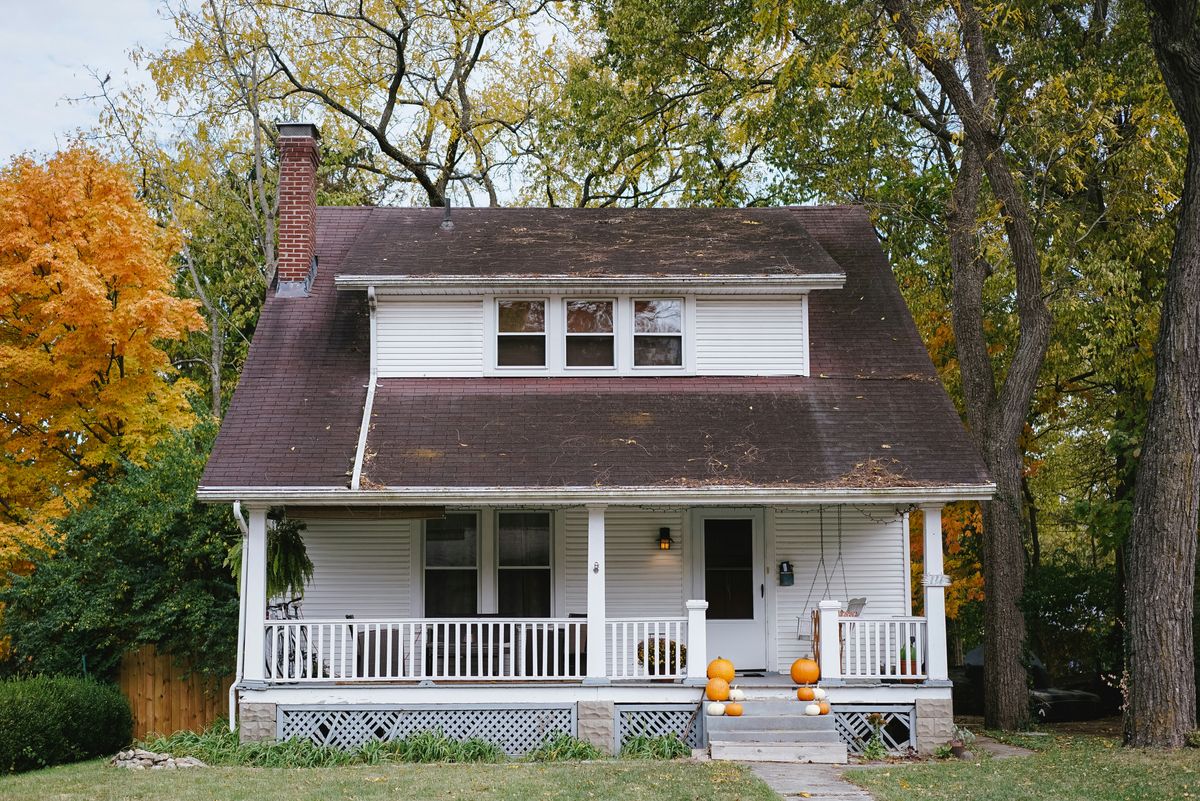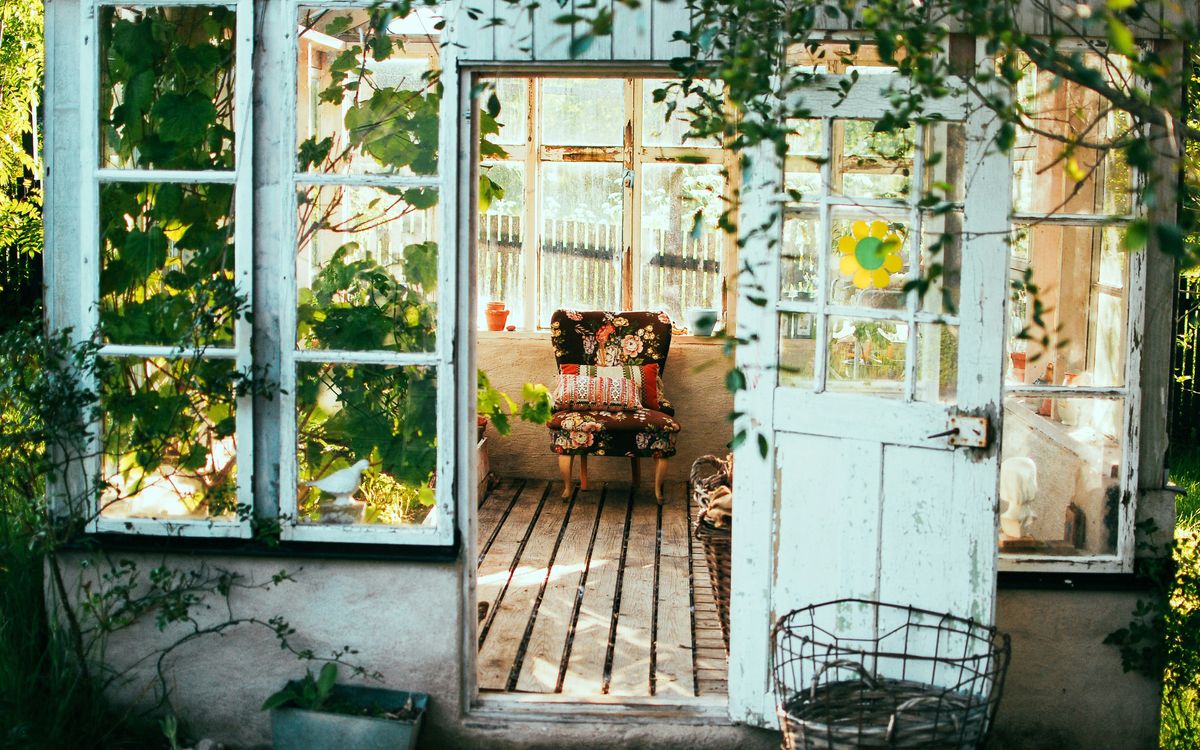Transforming the side of your house into a beautiful and functional outdoor space can greatly enhance the overall appeal of your property. In this article, we will explore innovative ideas for side of house landscaping that will help you create a cozy outdoor retreat, maximize greenery in small spaces, and enhance privacy with natural elements.
Key Takeaways
- Adding a fire pit can create a warm and inviting atmosphere for gatherings and relaxation outdoors.
- Installing string lights can add a magical ambiance to your outdoor space and extend its usability into the evening.
- Building a small deck provides a versatile outdoor living area for dining, lounging, and entertaining guests.
- Vertical gardening solutions are great for maximizing greenery in small spaces and adding visual interest to your outdoor area.
- Planting tall shrubs, installing a trellis, or building a living fence can effectively enhance privacy in your outdoor space while adding natural beauty.
Creating a Cozy Outdoor Retreat

Adding a Fire Pit
Imagine gathering around a warm, crackling fire on a cool evening right in your own side yard. Installing a fire pit can be a game-changer for your outdoor space, creating a focal point for relaxation and socializing. Not only does it add a touch of warmth, but it also enhances the ambiance of your garden sanctuary.
When considering a fire pit, safety is paramount. It’s essential to incorporate fire-rated access doors to ensure that your cozy corner doesn’t pose a risk to your home. These doors are designed to blend seamlessly with your landscaping while providing the necessary protection against potential fire hazards.
Here’s a quick guide to get you started:
- Choose the right location, away from overhanging trees and structures.
- Select a fire pit design that complements your outdoor decor.
- Consider the fuel type – wood, propane, or natural gas.
- Add seating that encourages gathering and conversation.
With these tips and a little inspiration, you can transform your side of the house into a dreamy retreat. Remember, a well-designed fire pit not only offers a cozy spot to unwind but also provides peace of mind with the right safety features in place.
Installing String Lights
String lights can transform your side of house into a magical evening retreat. They’re not just for holiday decor; they add a warm, inviting glow that’s perfect for any season. Here’s how to get started:
- Choose the right lights: Opt for LED bulbs for energy efficiency and long-lasting illumination.
- Plan your layout: Decide where you want the lights to hang and how they’ll crisscross the space.
- Install poles if needed: Sometimes, you might not have enough points to hang your lights from. In this case, installing poles is a great solution. Just remember to attach outdoor lights to the screw eye using zip ties. For a seamless look, you can even spray-paint the zip tie to match the color of the pole and hook.
Once you’ve got your lights up, you’ll see how they create a welcoming and stylish space. It’s all about the ambiance, and string lights are a simple way to achieve it. Plus, they’re a great backdrop for outdoor artwork, plants, and decorative elements that reflect your personal style.
Building a Small Deck
A small deck can be a game-changer for side of house landscaping, especially when space is at a premium. Transforming this often-overlooked area into a functional and inviting extension of your home is easier than you might think. Start by considering the purpose of your deck. Will it be a quiet spot for morning coffee or a lively space for entertaining? This will guide your design and material choices.
When selecting materials, keep in mind the overall aesthetic of your home and garden. For a cohesive look, choose deck materials that complement your house’s exterior. Here’s a quick list to get you started:
- Pressure-treated wood: Affordable and durable, great for a rustic look.
- Composite decking: Low maintenance and comes in a variety of colors.
- Cedar or redwood: Naturally resistant to rot and insects, perfect for a natural feel.
Once you have an idea of what you want, the other aspects of the project will fall into place. Remember, the right plants can enhance your deck and help it blend with the rest of your garden. Consider adding shrubs, small trees, or even pieces that create a sense of enclosure and privacy. Arbors and pergolas are classic additions, but sometimes, the simplicity of a well-placed planter can be just as effective.
Maximizing Greenery in Small Spaces

Vertical Gardening Solutions
When you’re tight on space but big on greenery dreams, vertical gardening is your go-to solution. It’s like giving your plants their own high-rise apartments! With vertical gardens, you can enjoy the lushness of a full garden without needing a sprawling backyard. It’s perfect for those cozy side spaces beside your house.
Here’s how to get started:
- Choose a wall or fence that gets plenty of sunlight.
- Pick out a vertical garden kit or create your own with upcycled materials.
- Select plants that thrive vertically, like ferns, succulents, or even some veggies.
Remember, vertical gardens aren’t just about saving space; they’re about creating a diverse ecosystem right on the side of your house. Plus, they’re a real conversation starter. Imagine having friends over and plucking fresh herbs right from your wall garden for that dinner you’re hosting. Now that’s an engaging lifestyle twist for your home!
Hanging Planters
Elevate your side of house to a lush oasis with the simple addition of hanging planters. These versatile containers can transform a bare wall or fence into a vertical garden, offering a touch of nature at eye level.
When selecting your hanging method, consider the surface you’re working with. For instance, adhesive hooks and hardwall hangers are excellent alternatives to traditional fixtures, especially if you’re avoiding damage to walls. Adhesive options are particularly handy in damp areas, being both waterproof and oil-proof, while hardwall hangers are your go-to for more robust surfaces like brick or concrete. Remember, weight limits vary, so it’s crucial to choose the right type for your planter’s needs.
Here’s a quick guide to some ideal plants for your hanging planters:
- Succulents: Low maintenance and perfect for adding a pop of color.
- Ferns: Bring a touch of the forest to your space with their lush greenery.
- Spider plants: Known for their air-purifying qualities and easy care.
Don’t limit yourself to the outdoors; hanging planters can also bring life to your indoor spaces. Consider placing them on kitchen and bathroom shelves, where smaller plants can thrive in pint-sized spots. It’s all about making the most of every nook and cranny, and with the right plants, even the smallest areas can bloom with vibrancy.
Creating a Herb Garden
After you’ve set up your vertical and hanging planters, why not complete your green oasis with your very own herb garden? Nothing beats the convenience and flavor of fresh herbs right at your fingertips. Whether you’re a culinary enthusiast or just love the idea of snipping fresh basil for your pasta, a herb garden is a delightful addition to any side house landscape.
Start by selecting herbs that you frequently use in your cooking. This not only personalizes your garden but also ensures you get the most out of your space. Remember, some herbs like rosemary and thyme are perennials and will come back year after year, while others like basil and cilantro will need to be replanted annually. Here’s a quick guide to get you started:
- Sunny Spot: Herbs love the sun, so find a spot that gets plenty of it.
- Drainage: Ensure your pots have good drainage to keep those roots healthy.
- Soil: Use high-quality potting mix for the best growth.
And don’t worry if you’re tight on space. Herbs are quite accommodating and can thrive in small pots or even as part of a vertical garden setup. So go ahead, plant a mix of mint, parsley, chives, and whatever else tickles your taste buds. Before you know it, you’ll be enjoying the zest of homegrown herbs in every meal!
Enhancing Privacy with Natural Elements

Planting Tall Shrubs
Want a little more privacy in your side yard without resorting to a wooden fence? Planting tall shrubs is a natural and aesthetically pleasing way to create a secluded haven. Not only do they offer a lush barrier against prying eyes, but they also help to buffer noise and block wind, making your outdoor space a tranquil escape.
When selecting shrubs for your privacy screen, consider factors like growth rate, maintenance, and the overall look you’re aiming for. Here’s a quick list of shrubs that are perfect for creating that coveted outdoor privacy:
- Arborvitae
- Boxwood
- Holly
- Juniper
- Laurel
Remember, regular roof maintenance and using quality materials are just as important in landscaping as they are in keeping your home safe and sound. And when it comes to creating a living fence, professional assistance can ensure that your green barrier thrives for years to come. So, prioritize upkeep and choose easy-care shrubs to avoid costly repairs and ensure the longevity of your natural privacy screen.
Installing a Trellis
A trellis can be a game-changer for your side house landscaping, offering both aesthetic appeal and functional benefits. Installing a trellis gives your climbing plants the support they need to thrive, transforming a plain fence into a vertical garden full of life. It’s not just about the greenery; a trellis can also serve as a privacy screen while letting in light and air.
Here’s how to jazz up your space with a trellis:
- Choose a design that complements your outdoor space.
- Select climbing plants like jessamine or ivy that will weave through the trellis.
- Consider the material of your trellis—wood, metal, or plastic—each has its own look and level of durability.
- Install the trellis securely to withstand weather and the weight of plants.
Remember, a trellis isn’t just for flowers. You can also incorporate rain chains or small fountains nearby to create a sense of elegance and tranquility. And if you’re a DIY enthusiast, consider creating a rock downspout basin at the base of your trellis for added functionality and a touch of natural beauty.
Building a Living Fence
A living fence is not just a boundary marker, but a dynamic addition to your garden’s ecosystem. Clusia shrubs are ideal for creating natural privacy screens, thriving in warm climates with minimal maintenance. They offer drought tolerance, impressive height, and aesthetic appeal for outdoor sanctuaries.
To get started, you’ll need to plan your living fence with care. Here’s a simple guide to help you begin:
- Determine the length of the area you want to enclose.
- Choose the right plant species for your climate and soil type.
- Space your plants appropriately to ensure they grow together into a dense barrier.
- Regularly water and prune your plants to maintain the fence’s shape and health.
Remember, a living fence is more than just a divider; it’s a habitat for local wildlife and a natural complement to your garden. For more tips on DIY home decor and gardening, check out a website that features articles on these topics, including plant care and homemade remedies.
Frequently Asked Questions
How can I make my outdoor space more inviting?
You can create a cozy outdoor retreat by adding a fire pit, installing string lights, or building a small deck.
What are some ways to incorporate more greenery in small spaces?
You can maximize greenery in small spaces by using vertical gardening solutions, hanging planters, or creating a herb garden.
How can I enhance privacy in my outdoor area using natural elements?
You can enhance privacy with natural elements by planting tall shrubs, installing a trellis, or building a living fence.
Are there any specific plants that are ideal for creating a cozy outdoor retreat?
Plants like lavender, jasmine, and rosemary can add a cozy and inviting atmosphere to your outdoor space.
What lighting options work best for outdoor spaces?
String lights, lanterns, and solar-powered lights are popular choices for outdoor lighting that create a warm and inviting ambiance.
How can I maintain a herb garden in a small outdoor space?
You can maintain a herb garden in a small outdoor space by choosing compact herb varieties, utilizing hanging planters, and ensuring proper sunlight and watering.
